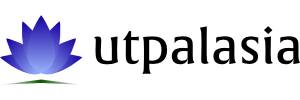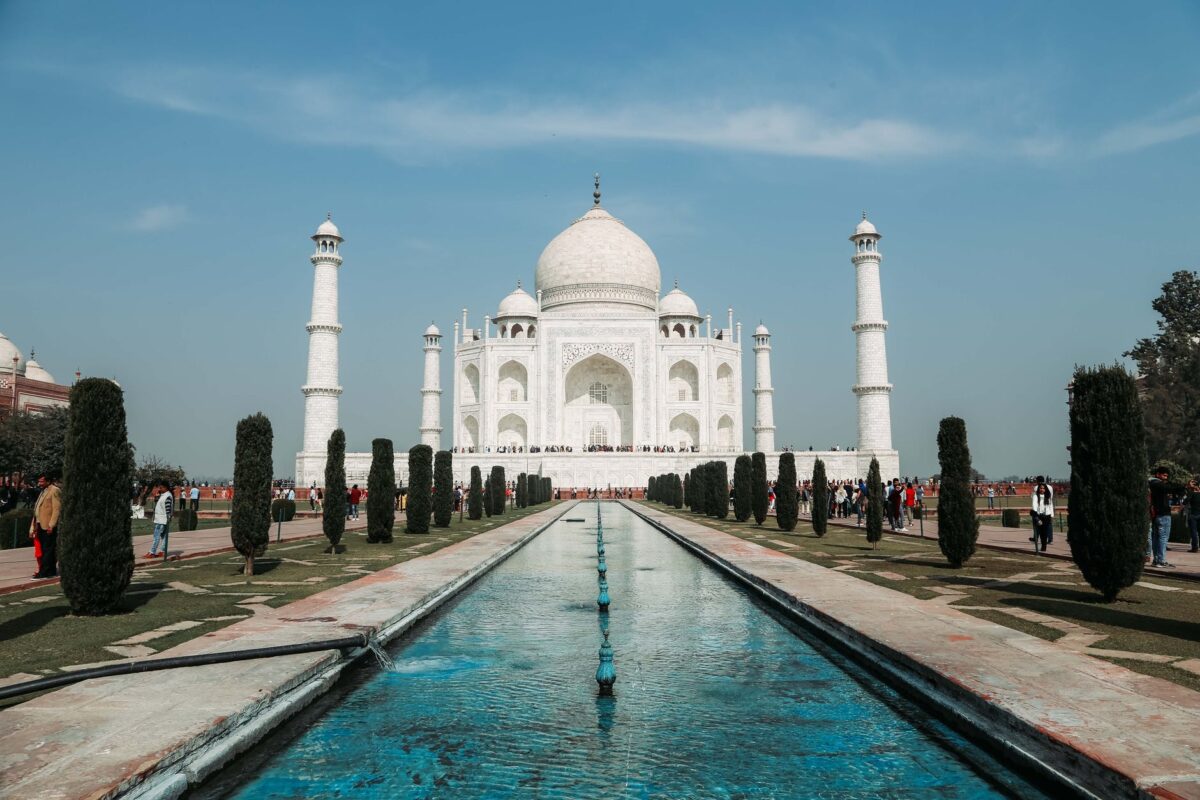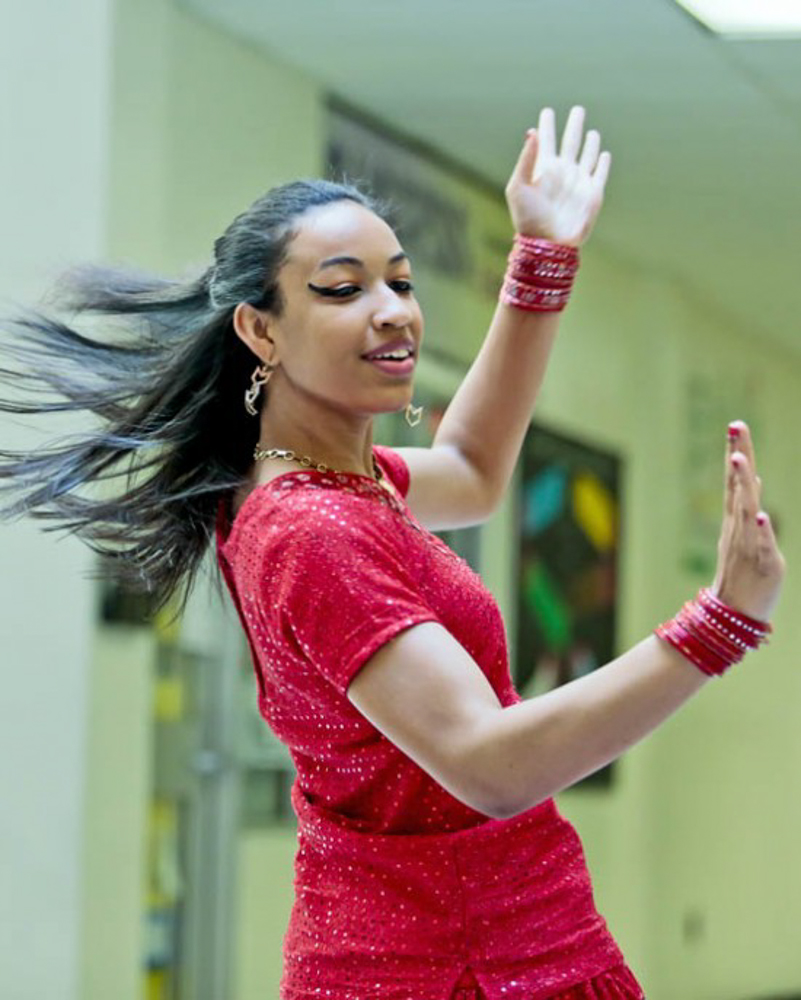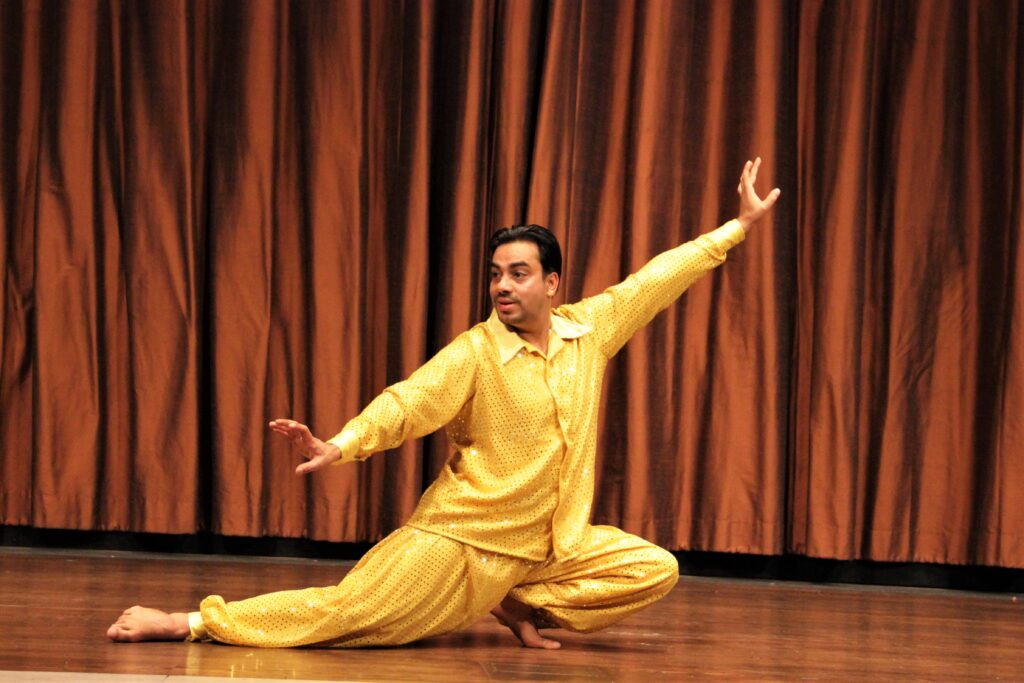Dance
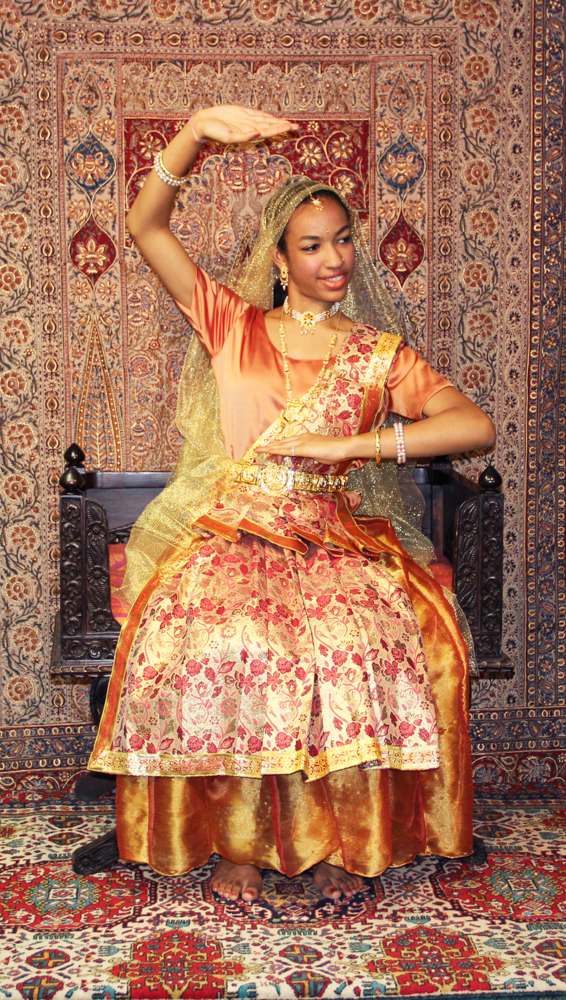
The style of dance known as Kathak, (derived from the word ‘katha’, or story,) was originally performed outside of temples. It gradually moved to the royal court over time.
Artists wear up to two hundred ghunghroos, or bells, around their ankles, which produce a rhythmic, pleasing sound.
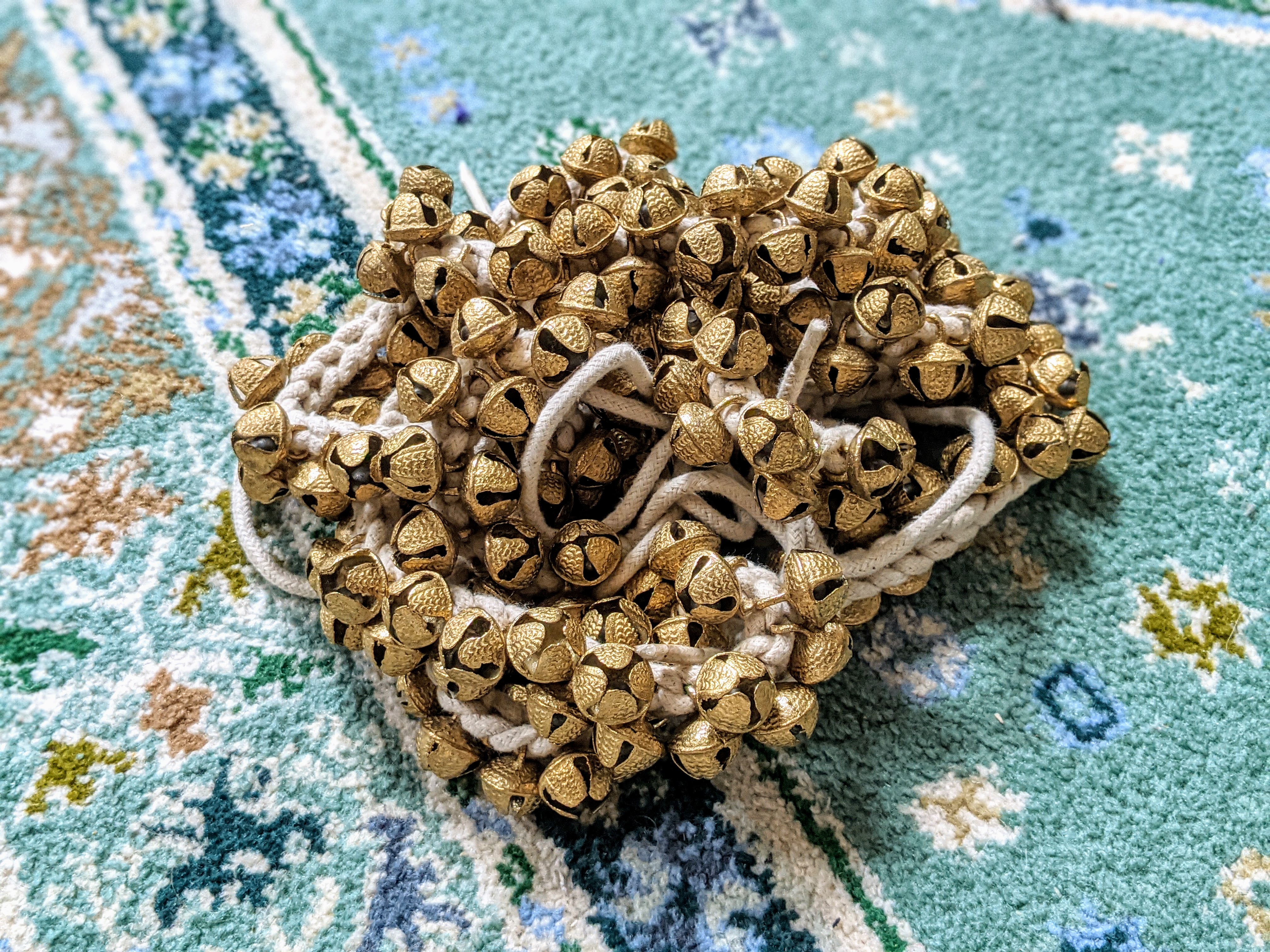
Kathak is composed of two distinctive areas, namely the pure dance element, called nritta, and the artistic interpretive element, which also includes mime, called nritya. In order to achieve the highest level of artistry, both a dancer’s body movements and abhinaya, emotive facial expressions, must be perfectly paired.
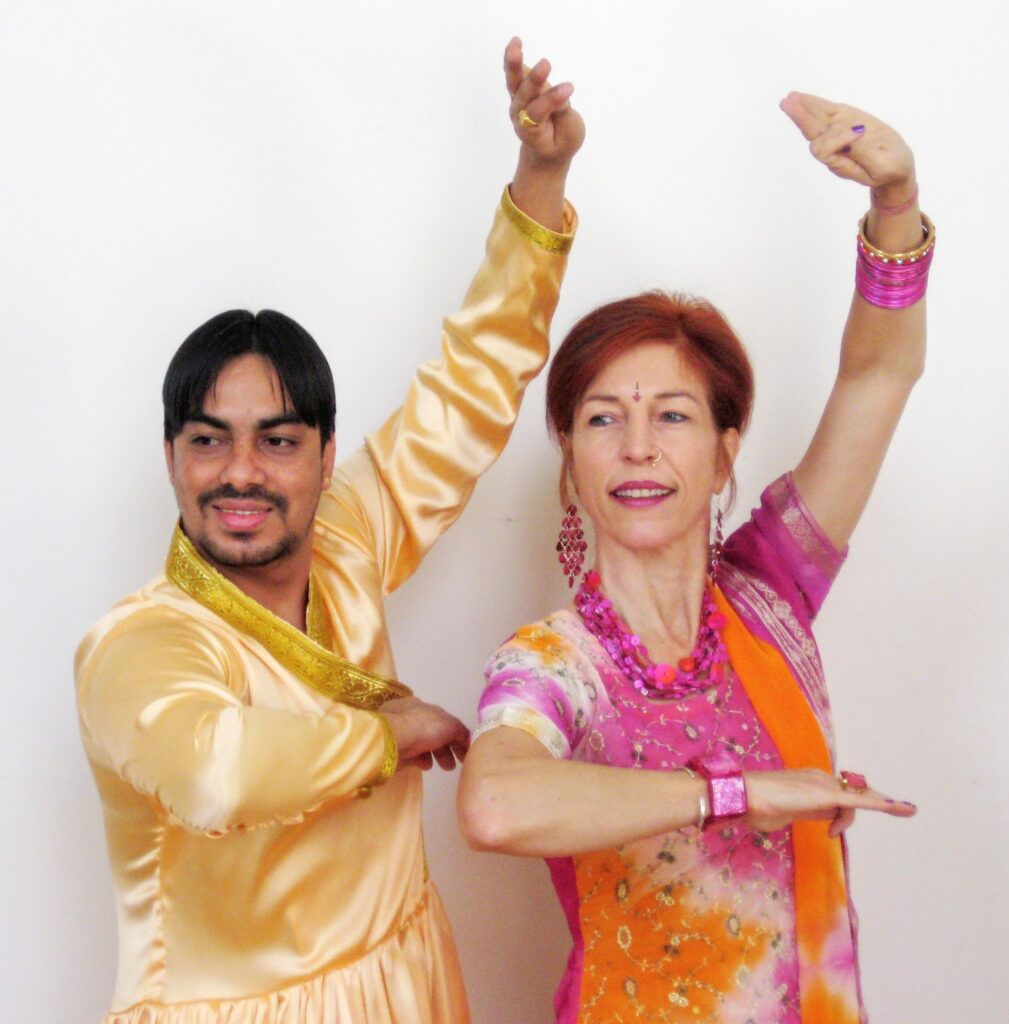
In addition to developing abhinaya, students are taught tiyari, highly skilled technical prowess by way of consistent practice, layakari, a sophisticated comprehension of rhythm, khoobsurti, exquisite beauty and refined grace, and finally nazakat, the aura of subtle delicacy.
Styles of Kathak
Jaipur
There are three distinct gharanas, or schools, of Kathak. Dancers from Jaipur are renowned for their lightning fast chakkars, or spins, as well as for their rigorous footwork, power, and stamina.
This branch of Kathak was heavily influenced by the Mughal rule of India during which the style, language, costumes, content, and execution of the dance were all transformed.
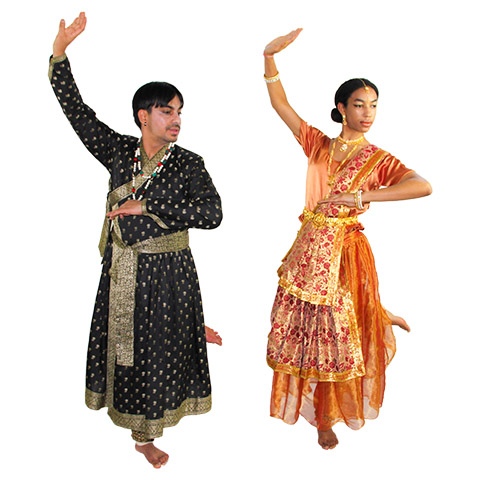
Lucknow
The Lucknow school favors a slower, more delicate approach to the dance and considers facial expression and subtle movements to be of the highest import.
Benares
The Benares gharana concentrates more on tabla bols and gives more attention to footwork, or tatkar. Today many artists have created a fusion of all three styles in order to keep the dance form current and popular with new audiences.
Bollywood Fusion
Most people don’t know that Bollywood began as a mixture of Indian street drama, known as nautanki, and Urdu plays. Over time it became a hybrid of classical and modern dance and was catapulted onto the world stage via the prolific movie industry in Mumbai (previously called Bombay, hence “Bollywood”).
Today Bollywood has been transformed into a highly aerobic dance that blends the classic form with moves from hiphop, contemporary, and other modern dance styles. The choreography is fast, furious, and fun!
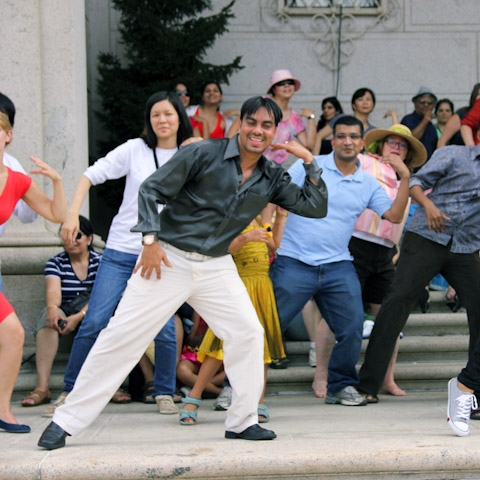
Music
Dholak
The dholak is a double-sided barrel drum, popular in India, Pakistan, Bangladesh, and Nepal, and is used to accompany traditional dances, qawwali, folk songs, as well as Sufi and Hindu religious music.
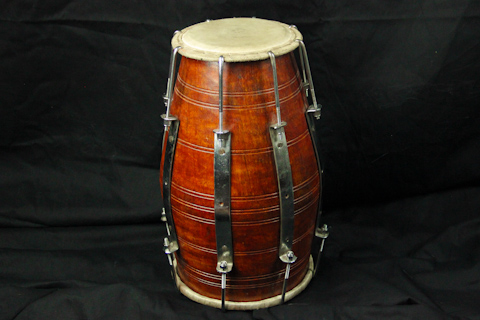
The basic construction of the drum is of wood, with animal skin tightly stretched over both ends. By changing the tension of the skins (thicker on the bass side and thinner on the treble side), the pitch of the sound may be adjusted. This is achieved by using a system of interwoven ropes and, in some cases, metal braces with nuts and bolts. The actual size of the dholak can vary from region to region.
Some of the bols associated with the dholak are: Dha Ge Na Ti Na Ka Dhi Na and Dha Tina Kina Ta Dhina Gina.
Indian Harmonium
The harmonium is a wind instrument that looks like a small and portable piano or keyboard, but its sound is more like that of an accordion. It is one of the most popular wind instruments in Hindustani music and the vocal arts and is often used as an accompaniment for Kathak dance. However, it may also be played as a solo instrument or as part of a group. The sound of the harmonium allows for many variations, which makes it a very versatile instrument.
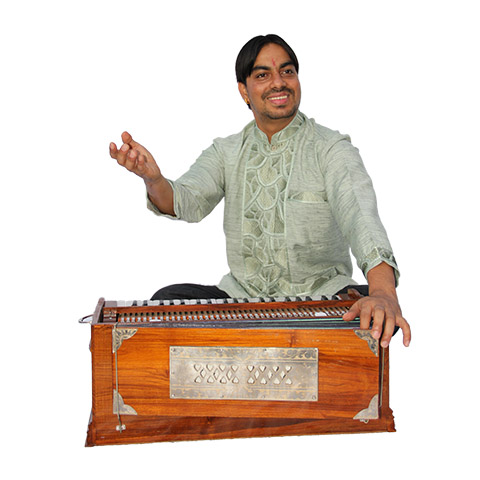
The harmonium was brought to India in the 18th century by the French. Over time, the community of Indian artists developed their own original style of playing the instrument.
Today it is used as an accompaniment for classical vocals, bhajans, folk and qawwali singers, tabla players, and Kathak dancers.
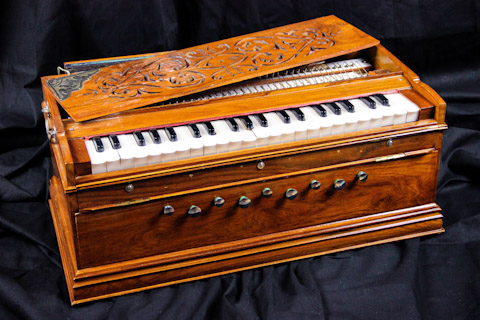
The basic bols of the harmonium are Sa Re Ga Ma Pa Dha Ni Sa and Sa Ni Dha Pa Ma Ga Re Sa. There is a traditional method used for fingering, which is quite different from the Western style. Songs are created by playing variations on the main theme.
Tabla
The tabla, a North Indian classical percussion instrument, is considered to be ‘the king’ in Hindustani music. It is actually a set of drums played with both hands.
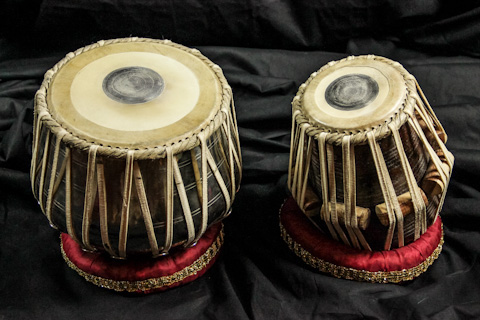
The tabla’s roots date to the thirteenth century when noted musician Amir Khusrau divided a larger drum, known as the pakhawaj, in half, thus inventing the tabla. The name “tabla” is derived from the Arabic word “tabl,” and literally means “drum.”
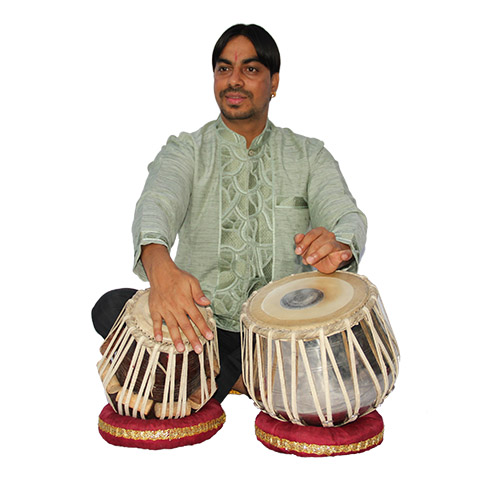
The tabla is frequently associated with Kathak dance and forms an integral part of any performance. The difficulty of the instrument is such that it takes many years for a student to reach a proficient level, and even more to master it with confidence.
Tabla instruction is usually conducted under the watchful eye of a guru, a master teacher. The relationship between student/teacher is an almost sacred bond which lasts a lifetime.
Today tabla artists often collaborate with Western musicians to produce a new generation of compositions. This has increased the popularity of the instrument across many cultures and countries.
Other Himalayan Instruments
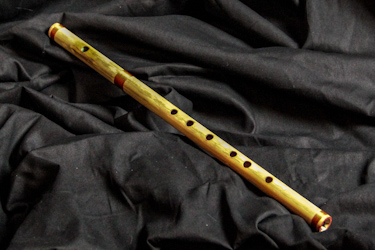
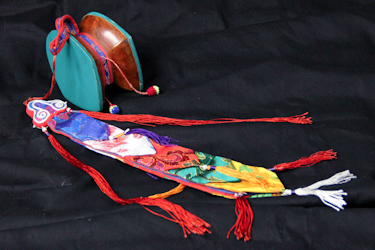
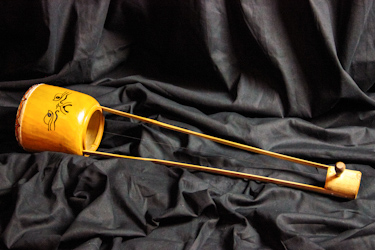
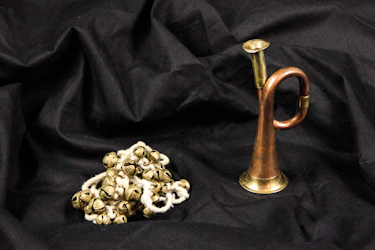
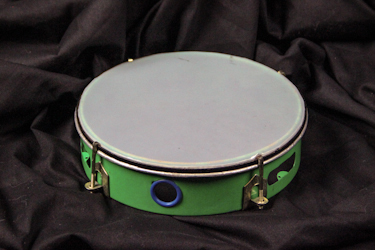
Hindustani Vocal
Hindustani music is comprised of both vocal and instrumental music. The ten main forms of this art are: dhrupad, khayal, thumri, dadra, dhamar, tappa, ragasagar, tarana, chaturang, and ghazal.
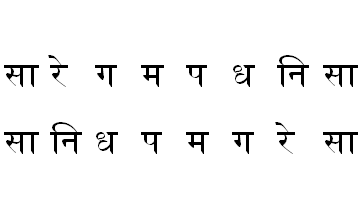
Hindustani music uses a scale very different from that used in classical Western music. The bols Sa Re Ga Ma Pa Dha Ni Sa represent the octave in this style of vocal.
The two most well-known vocal forms are dhrupad and khayal. The former originated as a religious type of vocal, while the latter was more focused on a romantic style of singing. As the oldest form, dhrupad means the “literal rendering of verse into music,” while khayal is more of a “stray thought or imagination,” and is a blending of Hindu and Persian cultures.
Thumri and dadra have an amorous and erotic nature, while dhamar describes the love pranks of Radha Krishna. Tappa encompasses folk songs, and the ragasagar incorporates various musical ragas within one composition.
The tarana makes use of rhythmic syllablic sounds to create patterns in a piece of music. Chaturang is a four part song composition. The ghazal is more consistent with poetry rather than music, but its quality is more song-like than the thumri.
